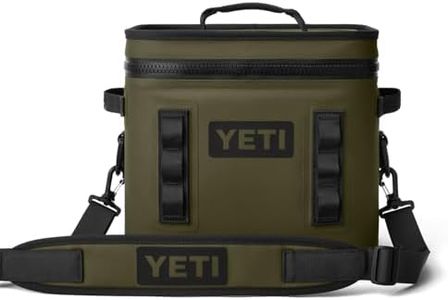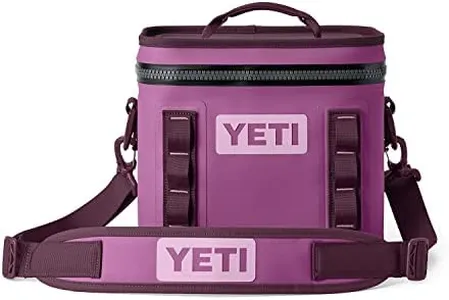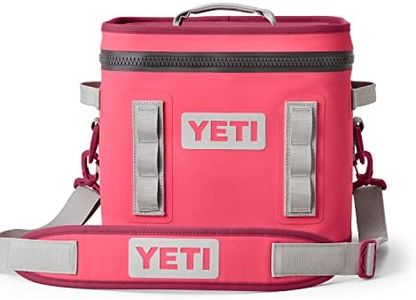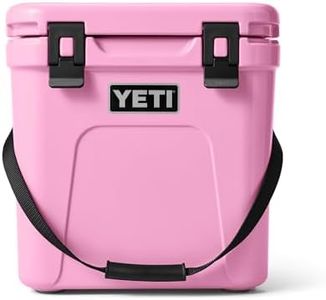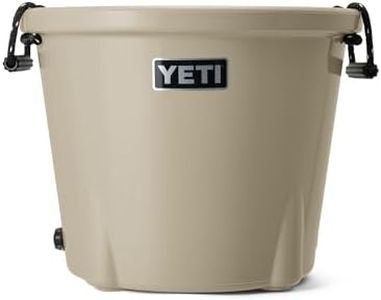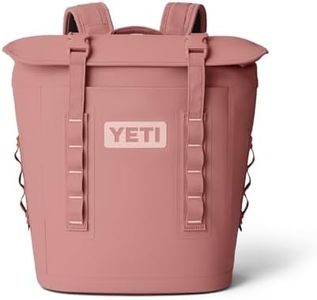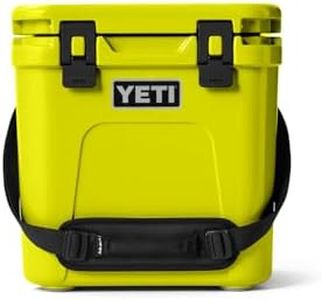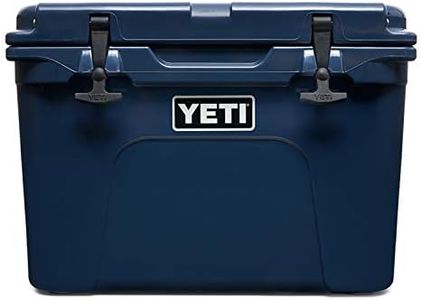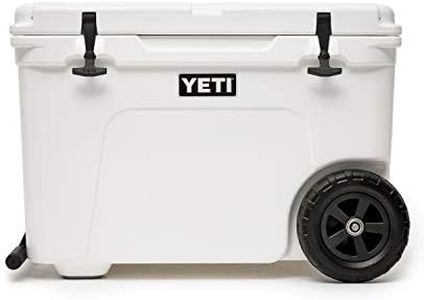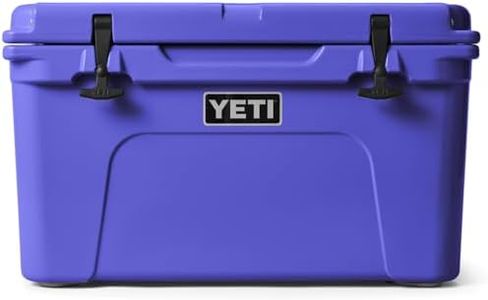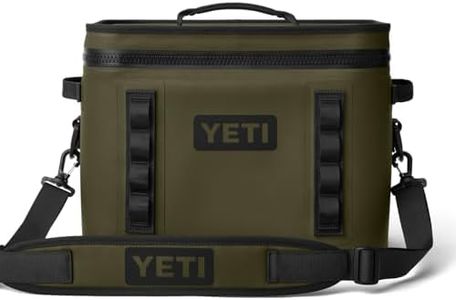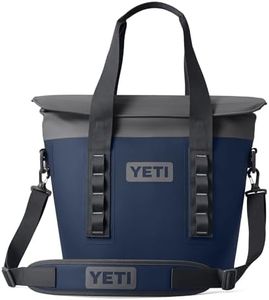We Use CookiesWe use cookies to enhance the security, performance,
functionality and for analytical and promotional activities. By continuing to browse this site you
are agreeing to our privacy policy
10 Best Yeti Coolers
From leading brands and best sellers available on the web.Buying Guide for the Best Yeti Coolers
Choosing the right cooler is all about understanding how you’ll use it, what you need to keep cold, and how easy you want transport and storage to be. For something like a Yeti cooler, you’re usually looking for a balance of ice retention performance, durability, ease of use, size, and portability. Think first about how you plan to use the cooler: are you going on long camping trips, weekend road trips, picnicking, or just need something for groceries? The more specific your needs, the easier it will be to pick the right fit. Understanding key features can make your decision much easier and ensure you end up with a cooler that truly works for your lifestyle.Capacity (Quarts/Liters)Capacity tells you how much the cooler can hold, usually in quarts or liters. This is important because an under-sized cooler won’t fit all your drinks and food, while an oversized one is harder to carry and store. Small coolers (under 20 quarts) are best for day trips or a couple of people, mediums (20-45 quarts) work well for families or overnight trips, and large coolers (over 45 quarts) are great for groups or multi-day adventures. To choose the right capacity, think about how many people you're packing for and how long you need to keep items cold.
Ice RetentionIce retention refers to how long the cooler keeps ice frozen, which is key if you’ll be away from a freezer or store for several days. This depends on insulation quality, seal design, and wall thickness. Basic coolers may keep ice for a day, premium coolers can reach 5-7 days or even longer. If you need your cooler mainly for short trips or everyday errands, a standard retention time is fine. For long backcountry trips or extended festivals, aim for higher retention levels.
WeightWeight is how heavy the cooler is empty. It affects portability, especially once it's filled with ice and food. Lighter coolers are easier to carry solo, making them best for picnic or short solo trips, but heavy-duty coolers tend to be heavier due to thicker insulation and robust build. If you’ll be lifting or carrying the cooler over long distances or on your own, consider something lighter. If you'll have help or keep the cooler mostly in one place, weight may be less of a concern.
DurabilityDurability is about how well the cooler stands up to rough handling, the elements, and frequent use. Heavy-duty coolers will often have rugged plastic shells, thick hinges, and reinforced corners. If you’re planning on using your cooler for tough outdoor adventures or need to rely on it to not break during travel, prioritize durability. For gentler, occasional outings, you might not need something quite as tough.
Portability (Handles, Wheels)Portability features like comfortable handles, wheels, and weight distribution make a big difference in how easy a cooler is to transport. Standard coolers may just have basic handles, while larger or more premium ones might have wheels or telescoping handles. Pick based on your typical use: if you'll be moving the cooler alone or over bumpy terrain, look for larger wheels and ergonomic handles; for car camping or static use, basic handles might suffice.
Drain PlugA drain plug lets you empty melted ice water easily without having to tip and lift the cooler. It’s especially helpful for larger coolers or when you want to refresh ice but keep contents inside. If convenience is a priority, especially for big or heavy models, a quality drain plug is a feature to look for.
Bear-ResistanceBear-resistant rating means the cooler has been tested and certified to withstand access attempts by bears, which is essential for camping in bear country. If your outdoor adventures will take you to areas where wildlife is a concern, look for a cooler that meets bear-resistance standards. In urban or common picnic settings, this feature isn’t necessary.
